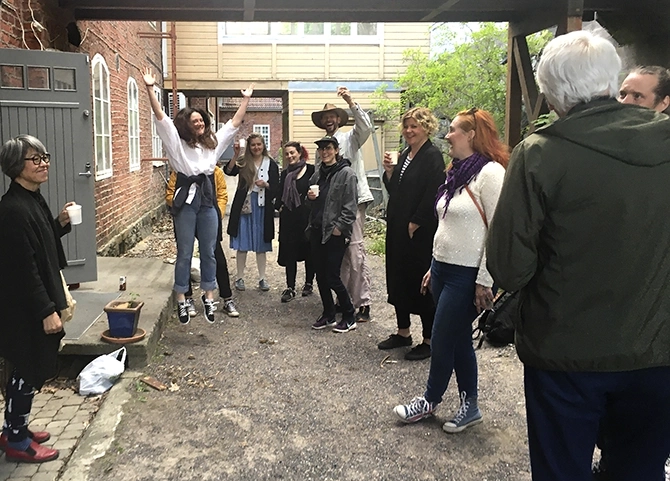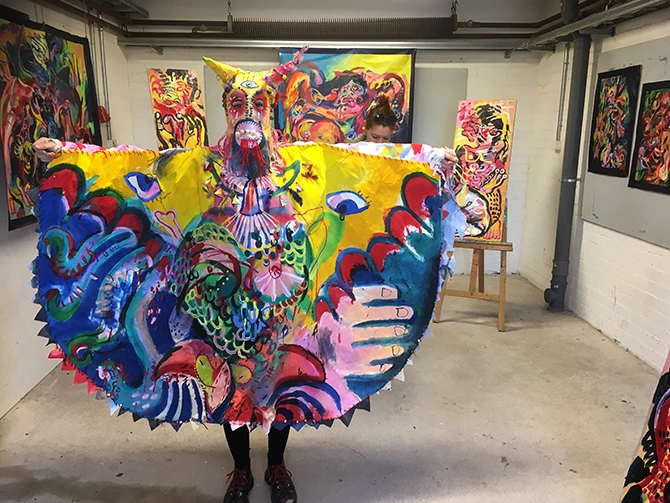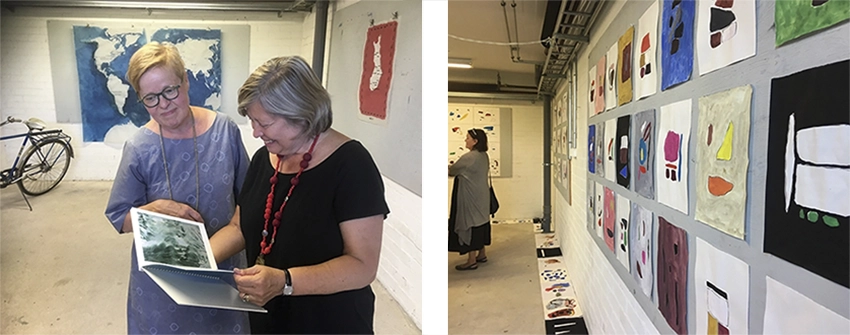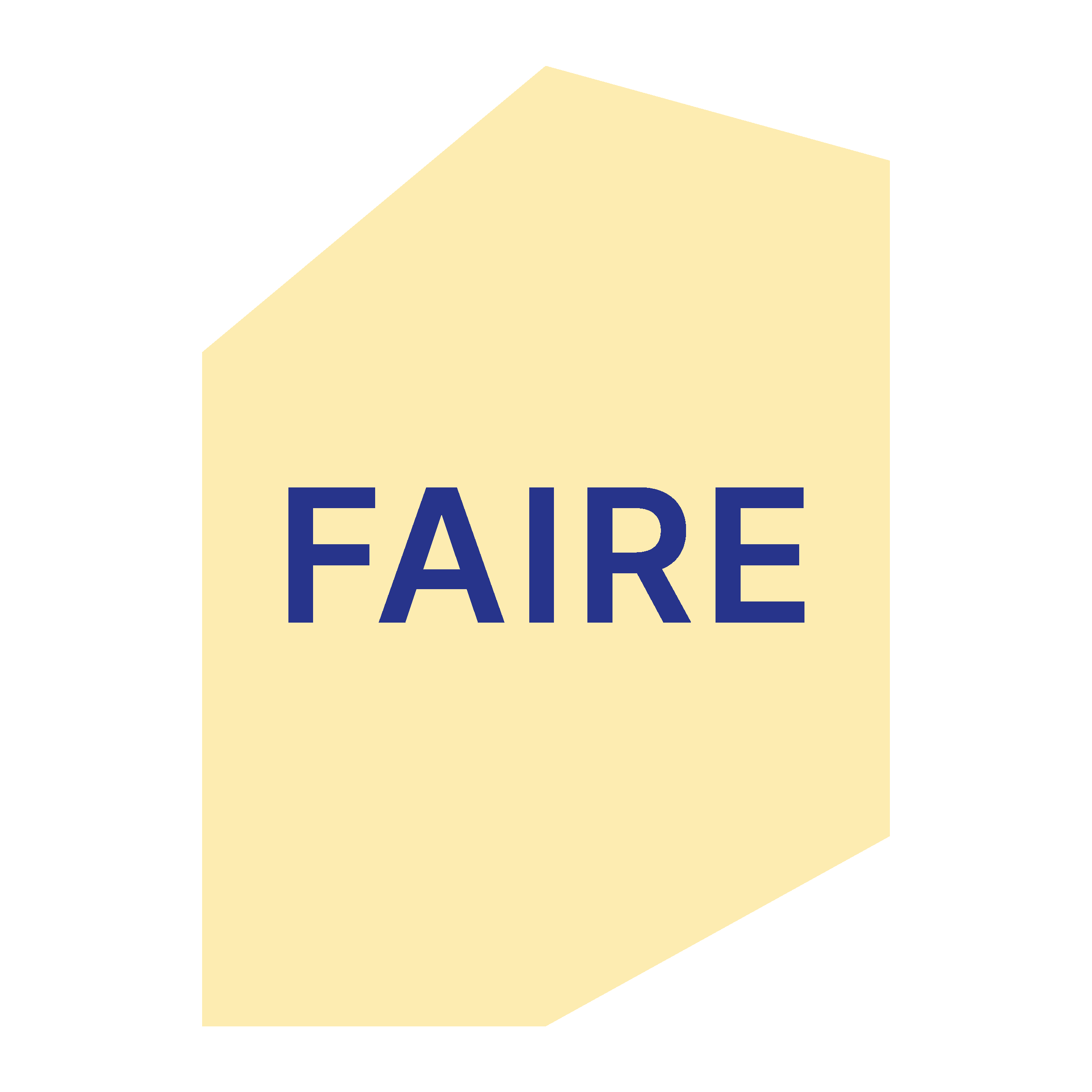27.6.2022
Interview: Vilma Pimenoff
The article is part of a series of interviews which presents various Finnish residency providers and examines the role of residencies in the field of art and in the society.

The Onoma Cooperative of Artisans, Designers and Artists in Fiskars runs the Fiskars AiR that was founded in 2006. The residency is located in Fiskars village, about 100km from Helsinki.
The residency coordinator Kati Sointukangas says Fiskars Air program aims to host artists from different fields of art, and the artists are selected bearing this in mind. If the applicant has a plan to work in collaboration with a local artist, it is considered as an asset in the application process. A good application also tells why the artist wants to come to work especially in Fiskars. The length of the residency is one month, and there is one artist at the residency at a time. The open call is for all professionals in the creative field, and families and work groups are also welcome to Fiskars AiR.
Fiskars is a Finnish speaking village in a Swedish speaking municipality. The area is known for its unique nature, flora and fauna, and of its lively and diverse community of artists. The residency and its international resident artists bring new ideas and ways of thinking and making art to the local scene. Sointukangas says that a friendship between a local artist and a visiting resident artist is valuable and can offer a window to another world. Experiencing the environment and meeting with its people is an integral part of the residency experience, and the encounters often have an impact on the artist’s work. When considering the encounters between people, it is the quality and not the quantity that matters. It is also completely random who meets who, and who gets along with whom. A meaningful encounter is indeed often coincidental. This, for its part, reflects the residency experience, which is difficult to fully plan beforehand, and of which the impact is difficult to predict.
The residency makes it possible for people to get together, and this enables the exchange of ideas and thinking around art. In consequence, interesting art works and cultural activities spring to life at Fiskars residency, from which the whole village benefits.

“The role of the residency organisation is to take care of the artists and offer them a structure they can integrate to” Sointukangas says. Fiskars wants to keep in contact with the artists also after the residency period to maintain the established relations. Networking also relates to artistic development as new techniques and ways of making art can be learnt in a collegial manner. While working in residence, the artist has time to try out new things or perhaps return to some old idea. For some, the transition from hectic day to day life to the peace and quiet of the residency environment can offer a possibility for a pause and an opportunity to look oneself in the mirror. This can sometimes be painful, but nevertheless, it can enable change and further development.
Sometimes works of art are created spontaneously and quickly, as a response to the environment. On the other hand, sometimes the ideas thought while in residence become visible only years later. Sointukangas wants to emphasize that there are no obligations for the artist at Fiskars AiR, but that there are possibilities.
Each residence period is different and reflects the resident artist themselves. A popup exhibition or an open studio event can be organized during the residency if the artist wishes to do so. Onoma-cafe is organized once a month offering a chance to meet local artists.
When a residency program is well managed even small resources can generate significant events and action. Sointukangas says that in the course of time the Fiskars AiR program has become more stable and its activities more regular. She doesn’t believe residencies will disappear because globally travel decreases, but the contrary – residencies are a good example of a more sustainable way to travel.
Fiskars’ residency plans to continue building an international network of artists and strengthen the collaboration with its partner organisations for example in Japan and in China. Fiskars AiR also continues to collaborate with the Finnish Latvian Friendship Association who sponsor one Latvian artist’s stay at Fiskars every year. In addition, Fiskars collaborates with Fotocentrum Raseborg in Karjaa, and with Helsinki based organization Globe Art Point. Sointukangas says that art and cultural sustainability are a part of a better world and a better future, and that cultural actors’ common enthusiasm can be seen in successful and active cooperation between different agents.
More information: Fiskars AiR

